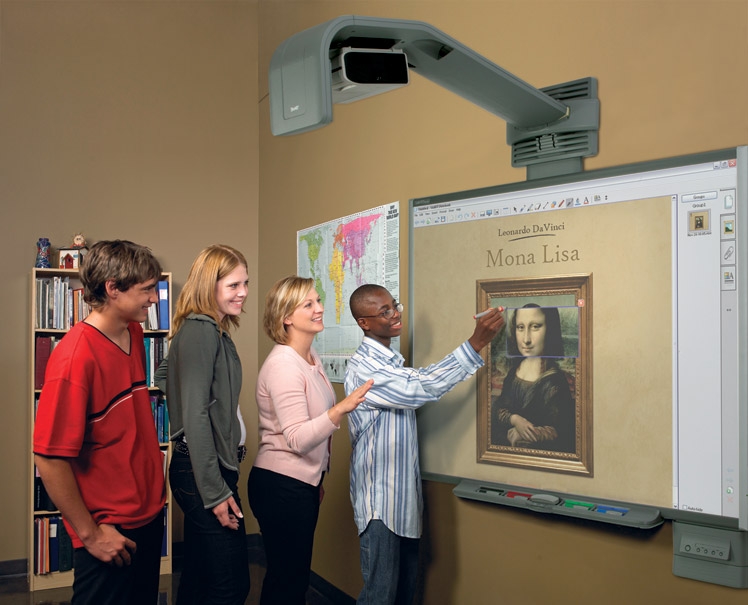 Since the demise of caning, it has been nearly impossible to shut the kids up. Enter technology - with the use of simple hardware such as 'Talking Tins,' children can transfer all their vocal energy into a single, hand-held button. By holding down the button, children can record messages, which can then be replayed by anyone who can get their hands on the gadget. These recordings could be combined with visual cues for predict-and-reveal activities, making a treasure hunt with recorded clues to follow, or even in uncovering the next Watergate scandal!
Since the demise of caning, it has been nearly impossible to shut the kids up. Enter technology - with the use of simple hardware such as 'Talking Tins,' children can transfer all their vocal energy into a single, hand-held button. By holding down the button, children can record messages, which can then be replayed by anyone who can get their hands on the gadget. These recordings could be combined with visual cues for predict-and-reveal activities, making a treasure hunt with recorded clues to follow, or even in uncovering the next Watergate scandal!Now, remember those immense photo albums you keep in the attic? With black and white memories of how you had no style? Well imagine if they could mock you, shouting your insecurities for all the world to hear. You've just invented Talking Photo Albums, tools children use to voice their own audio captions to match pictures. This can prove pretty handy when dealing with children with communication difficulties, or if English isn't their first language (it shouldn't be, it is a silly language) - developing their links between visual and vocabulary. In this way, you could use them with pretty much any subject, even political philandering.
 Podcasts - remember when they were cool? They still are, but now kids do them too! With software like Audacity, children can easily record poems, discussions or other forms of work that their peers can tune in to or their teachers can directly assess from. When they produce a blog, they have to consider their content, audience, language, and a quintillion other factors which develop their literacy skills exponentially, simultaneously inspiring their listeners to produce their own, like a virus of learning enjoyment.
Podcasts - remember when they were cool? They still are, but now kids do them too! With software like Audacity, children can easily record poems, discussions or other forms of work that their peers can tune in to or their teachers can directly assess from. When they produce a blog, they have to consider their content, audience, language, and a quintillion other factors which develop their literacy skills exponentially, simultaneously inspiring their listeners to produce their own, like a virus of learning enjoyment.You know what? We've probably focused too much on sound. Let's quiet this down now a bit. Let's hear . . . with our eyes. That's right, I'm talking about seeing. ICT has you covered, baby - children can put together stories using digital imaging, using annotations, music, and other photographic effects to build a level of interactivity. Young Nick Parks can get out the play-dough and start their own stop motion animation - follow this link to one I made earlier. I'm just kidding, someone else did that. But these simple activities can become systematically complex using the tools I mentioned earlier.
All these tools I've mentioned today place children in the role of speakers and listeners, choosing their dialogue carefully for the purpose, and reacting to what they hear. Highlighting the need for social and cognitive development in a respectful manner is a pretty solid goal, so get talking, get listening, and get educated. Peace.



